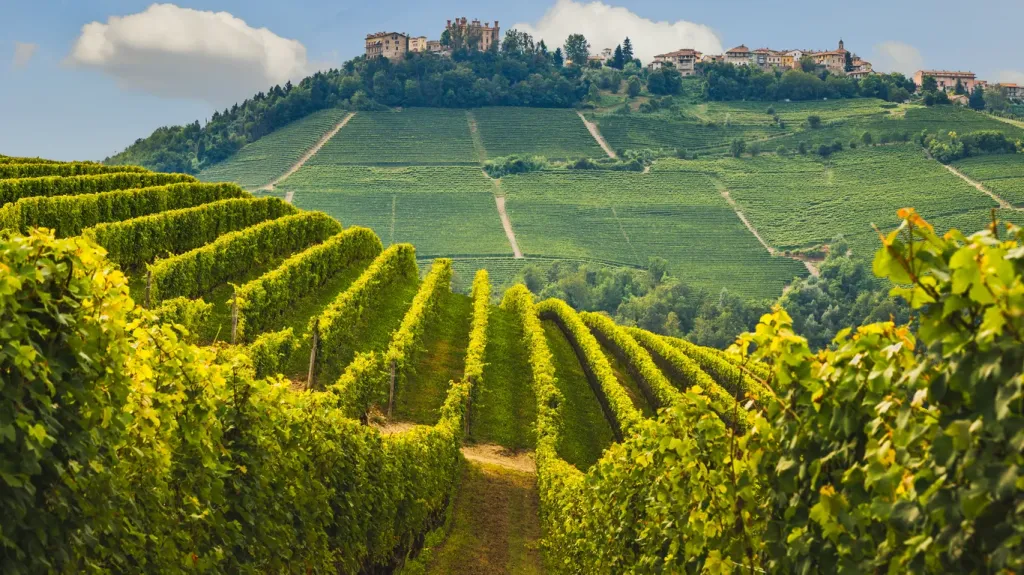Before discussing how wine is cultivated in cool and warm climates, I want to compare traditional Old World European winemaking with modern New World. Old World wines are produced in countries with established winemaking traditions, such as France, Germany, and Italy. These wines typically have a lighter body and exhibit earthy, herbal, floral, and mineral characteristics. In contrast, New World wines are created in countries that were colonized during the European Age of Exploration, including the United States, Chile and Australia. These wines tend to be riper; more fruit-forward, concentrated, and higher in alcohol content.
Most European wines are produced in cooler temperatures and are designed to be enjoyed with food. In contrast, modern-style wines are crafted to be delicious whether consumed with food or on their own. The climate can influence the selection of wines for pairing with a meal. Factors like weather and climate are important in wine production. A great bottle of wine is grown, not made.
Cool Climate
In cool climate regions, grapes ripen slowly and provide less sugar, which keeps the acidity high and the alcohol content low. Acidity is a significant factor in the structure and taste of wine. The perception of tartness in the wine reflects the acid. This is critical for the wine’s balance and structure. Acidity in wine permits it to pair perfectly with food. Often acidity is used either to cut through rich, salty or fatty dishes or to match alongside dishes that are also inherently acidic or tangy.
Cool climate wines with low alcohol content allow a wide range of food pairings. When the wine is lower in alcohol, the intensity is not as big, allowing subtle layers of food flavors to open up. Grapes grown in cooler temperatures offer a more refreshing and sharp taste that works well with a dish. However, as the wine’s alcohol content increases, the food pairing options will decrease.

Traditional European cool climate red wines include Pinot Noir, Gamay, and Merlot. These varietals tend to have higher acidity levels, lower alcohol content, and are lighter in body. The white varietals commonly found in these regions are Chardonnay, Sauvignon Blanc, and Müller-Thurgau.
Countries known for their cooler wine regions include Northern France, New Zealand, Germany, Northern Italy, Hungary, Northern Greece, Macedonia, and specific areas of South Africa. In the United States, notable regions for cool climate wines are found in New York, Oregon, and Washington State.
Warm Climate
In warm climates, red grapes are picked fully ripe, resulting in increased sugar, decreased acid, and faster ripening. They also have a higher alcohol content and produce ripe, jammy fruity flavors. Red grapes grown in warm climates are also Cabernet Sauvignon, Zinfandel, Sangiovese and Syrah. Full-bodied wines are robust and pair well with grilled meats, pork, barbecue, and hard cheeses. In warm climates, you’ll find that red grape varieties generally outnumber white varieties.
Other countries’ warm regions are Spain, Australia, Argentina, Southern Italy, Central and Southern Portugal, Southern France, most of South Africa, and the Greek Islands. However, California produces some of the best full-bodied and medium-bodied wines produced in warm climates.
White grape varieties in warmer climates can achieve ripeness and flavor development despite shorter ripening periods. Most warm climate white wines will have aromas and flavors of ripe stone fruit, apple, peaches and apricots and tropical fruits like mango or pineapple. Popular white wine grapes that grow in warm climates include Chardonnay, Sauvignon Blanc, and Pinot Gris, Viognier, Assyrtiko.
